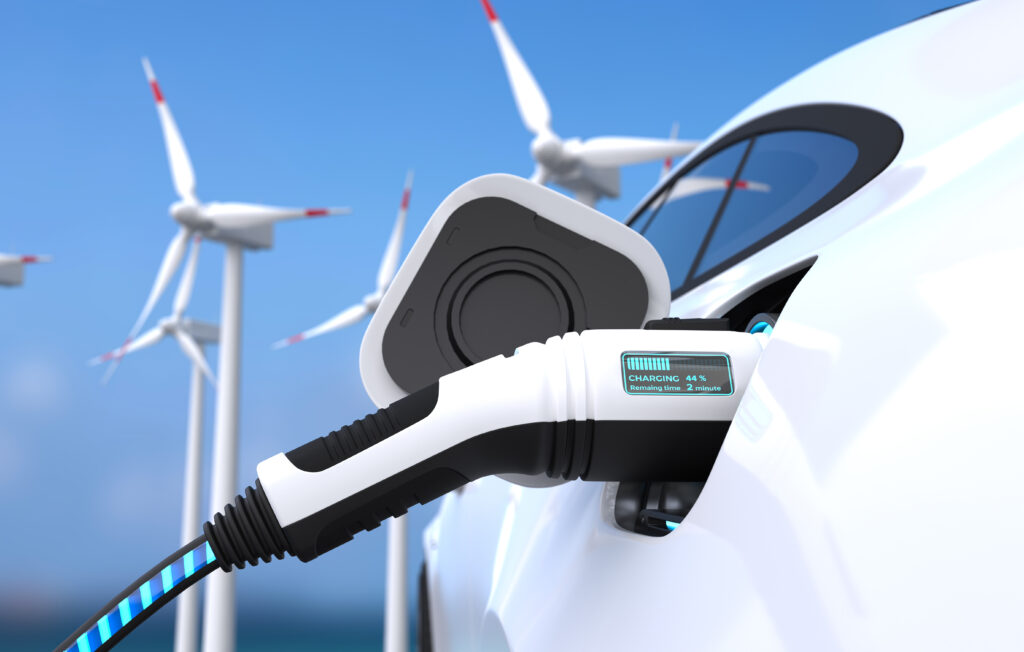
The automotive industry is displaying a complex interplay of market pressures and consumer preferences. The future of electric mobility will likely involve a blend of both electric and hybrid technologies, catering to diverse consumer needs
Car manufacturers are re-evaluating their electric vehicle (EV) strategies, with several major players like Ford, Hyundai, and Volvo adjusting their ambitious plans for an all-electric future. This shift comes in response to a combination of factors, including fluctuating demand for pure EVs, increased competition from affordable Chinese models, and challenges in battery technology. The industry is also witnessing a significant shift towards hybrid vehicles, driven by several key factors that reflect changing market dynamics and consumer preferences.
The high costs associated with EV production, particularly regarding battery technology, are a major concern for automakers. Many companies, including Ford, have reported difficulties in achieving profitability with their electric models due to expensive battery sourcing, often reliant on Chinese suppliers. As a result, manufacturers are reallocating resources towards hybrid vehicles, which can be less costly to produce and can utilise existing internal combustion engine technologies.
Hybrids, which provide the flexibility of gasoline engines alongside electric power, are seen as a more accessible option for many buyers. Automakers are recognising that hybrids can serve as a transitional solution while consumers acclimate to the idea of fully electric vehicles. In 2022, approximately 6.5 million hybrid vehicles were sold worldwide. Toyota remains a leader in the hybrid market, with its Prius model continuing to be a benchmark for fuel efficiency and eco-friendliness. The company sold over 1.5 million hybrids globally in 2022 alone.
The Changing Landscape of EV Plans
In recent years, many automakers have publicly committed to phasing out internal combustion engines in favour of electric models. For instance, Nissan aimed to sell only EVs in Europe by 2030, while Kia projected sales of 1.6 million pure electric vehicles by the same deadline. However, as market dynamics evolve, these commitments are being reconsidered.
Ford’s Strategic Retreat
Ford, once a frontrunner in the EV race, has significantly altered its trajectory. Initially, the company aimed to produce two million EVs annually by 2026, but it has since delayed the launch of key models and reduced its overall investment in pure EVs. The slowdown in sales of the Mustang Mach-E and F-150 Lightning has prompted Ford to pivot towards hybrid vehicles. CEO Jim Farley emphasised that “an affordable electric vehicle starts with an affordable battery,” highlighting the challenges posed by reliance on Chinese battery technology, which affects profit margins and pricing strategies.
Hyundai’s Balanced Approach
Hyundai, which ranks as the third-largest automaker globally, is maintaining its target of two million EV sales by 2030 but is also increasing its focus on hybrid models. The company has recognised a slowdown in pure EV demand and plans to introduce more extended-range EVs– vehicles that use a combustion engine to charge the battery. This shift reflects a broader trend in the industry, as automakers adapt to changing consumer preferences and market conditions.
Global Perspectives on EV Performance
While some companies are scaling back their EV ambitions, others around the world are making significant strides in the electric vehicle market. For example:
- China’s Dominance: Chinese manufacturers like BYD and NIO are leading the global EV market, offering a wide range of affordable electric vehicles. BYD has become one of the largest EV manufacturers, with sales surging as it capitalises on domestic demand and government incentives.
- Europe’s Commitment: European automakers such as Volkswagen and BMW continue to invest heavily in EV technology. Volkswagen’s IDseries has gained considerable traction, and the company remains committed to its goal of becoming a leader in electric mobility by 2030.
- Tesla’s Expansion: Tesla, the pioneer of the modern EV movement, continues to dominate the market with its innovative technology and extensive charging infrastructure. The company is expanding its production capabilities globally, including new factories in Texas and Berlin, to meet rising demand.
Volvo and Porsche’s Adjusted Goals
Volvo, which had pledged to become a fully electric brand by 2030, is now incorporating more hybrid models into its lineup while still working towards offering electric versions of most of its vehicles. The recent launch of the XC90 hybrid illustrates this shift.
Similarly, Porsche has acknowledged that the transition to electric vehicles is taking longer than expected. While it initially aimed for 80% of its sales to be all-electric by 2030, the company is now pursuing a dual strategy that includes continued investment in combustion engine technology alongside its electric offerings.
The automotive industry’s pivot towards hybrid vehicles and the re-evaluation of EV targets reflect a complex interplay of market pressures and consumer preferences. As manufacturers navigate these challenges, the future of electric mobility will likely involve a blend of both electric and hybrid technologies, catering to a diverse range of consumer needs. The global landscape remains dynamic, with various regions demonstrating differing levels of commitment and success in the EV market.


